Discover Pandipedia
Pandipedia is the world's first encyclopaedia of machine generated content approved by humans. You can contribute by simply searching and clicking/tapping on "Add To Pandipedia" in the answer you like. Learn More
Expand the world's knowledge as you search and help others. Go you!

To organize the world's information, and make it universally accessible and useful.
Sundar Pichai[1]
Google's goal is to satisfy your information need.
Dr. Gomes[2]

Search is far from a solved problem.
Dr. Gomes[4]
I wanted to help as many people get access to the information they wanted.
Mr. Lehman[6]
The objective of the search ads quality team is to show delightful ads to our users that satisfy their user needs.
Jerry Dischler[5]
Let's look at alternatives:
- Modify the query.
- Start a new thread.
- Remove sources (if manually added).
- Request a manual search from our human research team.

Chain of Thought (CoT) prompting is a technique for improving the reasoning capabilities of large language models (LLMs) by generating intermediate reasoning steps. This approach helps the LLM generate more accurate answers. CoT prompting can be effectively used in conjunction with few-shot prompting to achieve better results on complex tasks that require reasoning before responding.
CoT has several advantages, including requiring no fine-tuning of the model and providing interpretability, allowing users to learn from the LLM’s responses by observing the reasoning steps followed. It can also improve robustness when transitioning between different LLM versions, ensuring consistent performance.
The key essence of CoT prompting is that the LLM should be instructed to explain its reasoning before providing a final answer, which tends to yield more accurate results even with seemingly straightforward mathematical tasks. Setting the temperature to 0 during CoT prompting is recommended, as it facilitates greedy decoding, focusing on the most probable paths to derive the final answer.
In summary, CoT prompting enhances the ability of LLMs to reason through a problem by guiding them through a series of logical steps before arriving at a conclusion.
Let's look at alternatives:
- Modify the query.
- Start a new thread.
- Remove sources (if manually added).
- Request a manual search from our human research team.
Get more accurate answers with Super Search, upload files, personalised discovery feed, save searches and contribute to the PandiPedia.
Let's look at alternatives:
- Modify the query.
- Start a new thread.
- Remove sources (if manually added).
- Request a manual search from our human research team.
OnePlus 13 Flagship Smartphone
OnePlus’ latest flagship Android phone with AI features, four OS upgrades, and six years of security updates.[1]
iFixit Pro Tech Go Toolkit
A portable repair toolkit with essential tools in a compact 32-bit driver kit design.[1]
Asus ROG Phone 9 Pro
High-performance gaming smartphone featuring 24GB RAM, 1TB storage, and an AeroActive Cooler X Pro.[1]
Otterbox Western Noir Collection Case
Equestrian-themed, stylish protective phone case available for iPhone 13 to 16.[1]
Nimble 3-in-1 Wireless Charger
Adjustable charger that supports iPhone, Apple Watch, and AirPods with Qi2 wireless standard.[1]
Soundcore AeroClip Earbuds
Lightweight open earbuds with a bowed design, compact case, and responsive touch controls.[1]
Swippit Hub
A toaster-shaped device that wirelessly charges your phone using integrated battery link cases.[1]
Reolink Duo 3 WiFi Security Camera
Dual-lens 4K camera stitching a 180° view with dual-band Wi-Fi and motion tracking.[1]
Lutron Caseta Smart Shades
Smart shades available in roller or honeycomb styles with affordable pricing and limited battery life.[1]
Elvie Rise Smart Bassinet
Connected bassinet and bouncer with phone control and baby sleep tracking features.[1]
Orbi 870 Series WiFi Mesh System
Tri-band Wi-Fi 7 mesh system covering up to 9,000 sq ft with 10-Gbps Ethernet WAN support.[1]
Sightful Spacetop AR Laptop
An AR laptop setup providing a virtual 100-inch display via customized XREAL AR glasses.[1]
Razer Stand Chroma
A monitor stand integrated with a USB hub featuring customizable Chroma RGB lighting.[1]
Dreame X50 Robot Vacuum
Robot vacuum with retractable legs, detangling duo brush, and obstacle-climbing ability.[1]
Panasonic EAH-AZ100 Headphones
Lightweight headphones with adaptive noise cancellation and Voice Focus AI for clearer calls.[1]
HP All-in-One Desktop
A versatile desktop with multiple display resolutions, built-in dual speakers, and AI features.[1]
HMD OffGrid Satellite Communicator
Compact satellite communicator offering 24/7 connectivity with a three-day battery and MIL-STD rating.[1]
Segway Xyber Electric Bike
Electric bike with up to 112-mile range, 175 Nm torque, and multiple throttle modes.[1]
Amazfit Active 2 Smartwatch
A stylish smartwatch with a round stainless steel case, AMOLED display, and advanced health tracking.[1]
Dexcom Stelo Glucose Sensor
A prescription-free continuous glucose monitor for non-insulin users with smart alerts.[1]
Solos Smart Glasses
Modular smart eyewear with integrated ChatGPT, speakers, and interchangeable frames.[1]
Garmin Instinct 3
Rugged smartwatch available in solar and standard versions with an AMOLED screen and durable bezel.[1]
Keychron Q6 HE Keyboard
A full-size mechanical keyboard featuring Hall Effect switches, double-shot PBT keycaps, and NUM pad.[1]
Honor Magic V3 Foldable Smartphone
A sleek foldable smartphone with a large unfolding display and premium design for multitasking.[3]
Lenovo ThinkBook Plus Gen 6 Rollable Laptop
A laptop with a rollable OLED display expanding from 14-inch to 16.7-inch for enhanced productivity.[2]
Let's look at alternatives:
- Modify the query.
- Start a new thread.
- Remove sources (if manually added).
- Request a manual search from our human research team.
Let's look at alternatives:
- Modify the query.
- Start a new thread.
- Remove sources (if manually added).
- Request a manual search from our human research team.
Gaming has significantly influenced contemporary storytelling methods, offering innovative narratives that engage players in unique ways. This evolution can be understood through various aspects, from character development to interactive storytelling, as highlighted in recent analyses of video game design and narrative structures.
The Role of Interactive Storytelling

One major contribution of gaming to modern storytelling is the shift towards interactive narratives. Unlike traditional literature or film, where the audience passively consumes the story, video games allow players to actively shape the narrative through their choices and actions. This interactivity has led to a new form of engagement that encourages deeper investment in the story. As noted in the discussions around video game design, interactive storytelling has evolved to embrace player agency, effectively transforming how narratives are structured. '[Game developers] are no longer content with providing a passive narrative experience. They embrace interactive elements, allowing players to actively shape the story through their decisions and actions'[2].
This interactive aspect mirrors traditional oral storytelling, where narratives adapt to the audience's reactions and contributions. This quality infuses gameplay with a sense of personal ownership over the story, making the player’s experience distinct and intimately connected to their decisions. 'A strong player connection is the ultimate goal of storytelling in games. When players feel invested in the story and characters, they are more likely to engage with the game and become devoted fans'[2].
Character Development and Emotional Engagement

Character development is another critical element where gaming has reshaped storytelling techniques. Memorable characters, with distinct personalities and backstories, help forge strong emotional connections with players. The complexity of these characters often rivals that found in traditional media, presenting narratives that resonate on a personal level. As stated, 'Compelling characters who evolve and grow throughout the story help players develop a personal connection with the game'[2].
Moreover, narrative-driven games excel in creating emotional arcs, allowing players to experience a broad spectrum of feelings as they navigate challenges and choices. This emotional investment is not merely a gameplay mechanic but a vital part of the narrative, establishing a deeper bond between the player and the digital universe. The exploration of such complex themes creates an engaging experience that keeps players immersed and coming back for more.
The Emergence of Non-Linear Narratives
Non-linear storytelling in games has also gained prominence, allowing players to experience plots in multiple ways based on their choices. This divergence from a linear narrative mirrors real-life experiences, providing a richer storytelling environment. The potential for various outcomes enhances replayability and deepens the player’s emotional connection to the story. Video games are increasingly allowing for 'multiple branching paths and outcomes' which provide players with freedom and create a more personalized storytelling experience[2].
This non-linearity can also affect how stories are received and interpreted. The moment a story is presented, it invites diverse interpretations shaped by individual perspectives and experiences. As mentioned, 'There’s no such thing as a one-way story... generating a new shard of the story with each telling'[4]. This democratization of narrative allows for a multitude of perspectives, enriching the storytelling landscape and making it more inclusive.
Technological Advancements and Immersive Worlds
Technological innovations have further pushed the boundaries of storytelling in gaming. Advances in graphics, virtual reality (VR), and interactive environments have created immersive experiences that blur the lines between reality and the digital realm. VR, in particular, has opened new avenues for storytelling, enabling players to step into the narrative, interact with characters, and influence outcomes in unprecedented ways. 'VR allows players to step into the story and interact with characters and environments in unprecedented ways, enhancing the immersion and emotional connection'[2].
These technological advancements help construct compelling and interactive settings that not only complement but also enhance the narrative. Games are now capable of creating rich, detailed worlds that invite exploration and interaction, fostering a sense of place and belonging that was previously inaccessible in more traditional storytelling forms.
Conclusion
The influence of gaming on modern storytelling techniques is profound and multifaceted. From interactive storytelling and character emotional engagement to non-linear narratives and technological advancements, gaming has transformed how stories are told and experienced. By offering immersive environments and empowering players to shape narratives, video games present a unique narrative medium that continues to evolve. As the medium matures, it unlocks new possibilities for storytelling, echoing the innovative spirit seen in the early days of cinema and literature. This ongoing evolution promises even richer and more captivating experiences for players—an exciting frontier for the art of storytelling.
Let's look at alternatives:
- Modify the query.
- Start a new thread.
- Remove sources (if manually added).
- Request a manual search from our human research team.
Get more accurate answers with Super Search, upload files, personalised discovery feed, save searches and contribute to the PandiPedia.

The text indicates that algorithm prompting does not lead to improved performance in Large Reasoning Models (LRMs). Even when provided with a complete algorithm for solving the Tower of Hanoi puzzle, models did not show improved performance, as their accuracy collapsed at similar complexity points. This suggests that their limitations lie not just in problem-solving and solution strategy discovery, but also in consistent logical verification and execution of steps throughout their reasoning processes[1].
The findings highlight a fundamental challenge: LRM performance does not significantly benefit from algorithm prompts, as they fail to leverage explicit guidance effectively[1].
Let's look at alternatives:
- Modify the query.
- Start a new thread.
- Remove sources (if manually added).
- Request a manual search from our human research team.
Beyerdynamic DT 770 Pro
These closed-back headphones are highly regarded for their professional sound output and comfort, making them ideal for long recording sessions while minimizing audio bleed[1][6].
Sony MDR-7506
Known for their excellent audio clarity, these over-ear headphones are popular in the podcasting community for their durability and comfort, suitable for extended use[2][5][11].
Audio-Technica ATH-M50x
Favored for their high-fidelity audio experience, these versatile headphones are great for both recording and editing, with a detachable cable for convenience[3][4][10].

Sennheiser HD 280 Pro
These headphones provide superb noise isolation and accurate sound reproduction, essential for capturing high-quality podcast audio[5][11].
Beyerdynamic DT 1770 Pro
Known for their high-end design and superior build quality, these headphones are excellent for detail-oriented work during podcast production[3][4].
Audio-Technica ATH-M30x
These monitoring headphones offer great sound isolation and comfort, ideal for beginners looking for a reliable audio solution[6][7][10].
Shure SRH840
This model is built for studio work, providing solid sound quality and comfort for long sessions, making it a good choice for podcasting[4][10].
Sony WH-1000XM4
These wireless headphones provide superior sound quality with advanced noise-canceling capabilities, useful for producing content in less-than-ideal environments[10][11].
Beyerdynamic DT 990 Pro
These open-back headphones are excellent for mixing and mastering due to their wide soundstage, but may not be ideal for recording due to sound leakage[4][9].
Sennheiser HD 599 SE
An open-back option, these headphones provide a natural sound and great comfort for lengthy editing sessions, although sound isolation is not as strong[11].
AKG K240 Studio
These semi-open headphones are a reliable choice for audio professionals looking for good sound quality at an affordable price[6].

Rode NTH-100
Designed for comfort and sound precision, these headphones are suitable for extended use in studio conditions, ideal for podcast editing[5][11].

Monoprice Monolith M565C
Known for their impressive sound quality and durability, these headphones are a great mid-range option for podcasters[8].
Beyerdynamic Custom One Pro
These customizable headphones provide solid sound isolation and are designed for comfortable long-term use, perfect for recording environments[7][10].
Audio-Technica ATH-M40x
A step up from the M30x, these headphones offer improved sound quality and comfort, great for podcast monitoring[5][11].
Shure SRH1540
This premium option features durable construction and excellent sound isolation, ideal for those serious about audio clarity[9][11].
Sennheiser HD 25
Renowned for their lightweight design and sound clarity, these headphones are preferred by DJs and professionals in noisy environments[4][11].

Sennheiser HD 800 S
A high-end option for audiophiles, these headphones offer unparalleled sound reproduction, suitable for professional audio tasks, including podcast editing[11].
Audio-Technica ATH-M20x
The most affordable in the M series, these headphones are a practical choice for novice podcasters seeking reliable quality[11].

Marshall EQ Mode Earbuds
Lightweight and portable, these earbuds are equipped with dual EQ settings, providing a flexible and high-quality audio experience for on-the-go podcasting[11].
V-MODA M-100
Known for premium build quality, these headphones are suitable for long sessions and provide excellent sound clarity, a good choice for podcast production[10].

Focal Listen Professional
These headphones are designed for long-term comfort and accurate sound reproduction, making them a solid choice for podcast production[8][11].
Let's look at alternatives:
- Modify the query.
- Start a new thread.
- Remove sources (if manually added).
- Request a manual search from our human research team.
Let's look at alternatives:
- Modify the query.
- Start a new thread.
- Remove sources (if manually added).
- Request a manual search from our human research team.
Lisbon, Portugal
Lisbon offers an appealing mix of history, culture, and modern amenities, with safety and educational options for families[2].
Chiang Mai, Thailand
Chiang Mai combines traditional Thai culture with modern amenities, making it affordable and family-friendly[2][5].
Bali, Indonesia
Bali is a popular digital nomad hub known for its tropical lifestyle and family-friendly amenities[1][2].

Cape Town, South Africa
Cape Town features a dynamic environment with excellent internet speeds and family-focused neighborhoods[2].
Ho Chi Minh City, Vietnam
Ho Chi Minh City blends traditional and modern lifestyles with affordable living costs for nomadic families[2].
Tbilisi, Georgia
Tbilisi is an affordable city with a warm atmosphere, modern infrastructure, and a growing expat community[1][4].
Medellín, Colombia
Medellín, known for its mild climate, is family-friendly with a vibrant local culture[4][5].
Mexico City, Mexico
Mexico City offers a rich cultural experience and numerous international schools for expat families[2][4].
Valencia, Spain
Valencia boasts sunny weather, excellent healthcare, and a variety of educational options, making it family-friendly[1][4].
Buenos Aires, Argentina
Buenos Aires provides a vibrant atmosphere with numerous cultural experiences and schooling options for children[2][4].
Copenhagen, Denmark
Copenhagen is known for its quality of life, safety, and excellent public services, perfect for families[5].

Auckland, New Zealand
Auckland features great schooling options and a safe, community-focused environment for families[3][4].
Budapest, Hungary
Budapest is a child-friendly city rich in culture, history, and educational opportunities for families[2][3].
Canggu, Bali
Canggu is a trendy beach town with a surf culture and a variety of international schools catering to expats[5].

Costa Rica
Costa Rica's commitment to sustainability and nature makes it perfect for eco-conscious nomad families[3][5].
Let's look at alternatives:
- Modify the query.
- Start a new thread.
- Remove sources (if manually added).
- Request a manual search from our human research team.
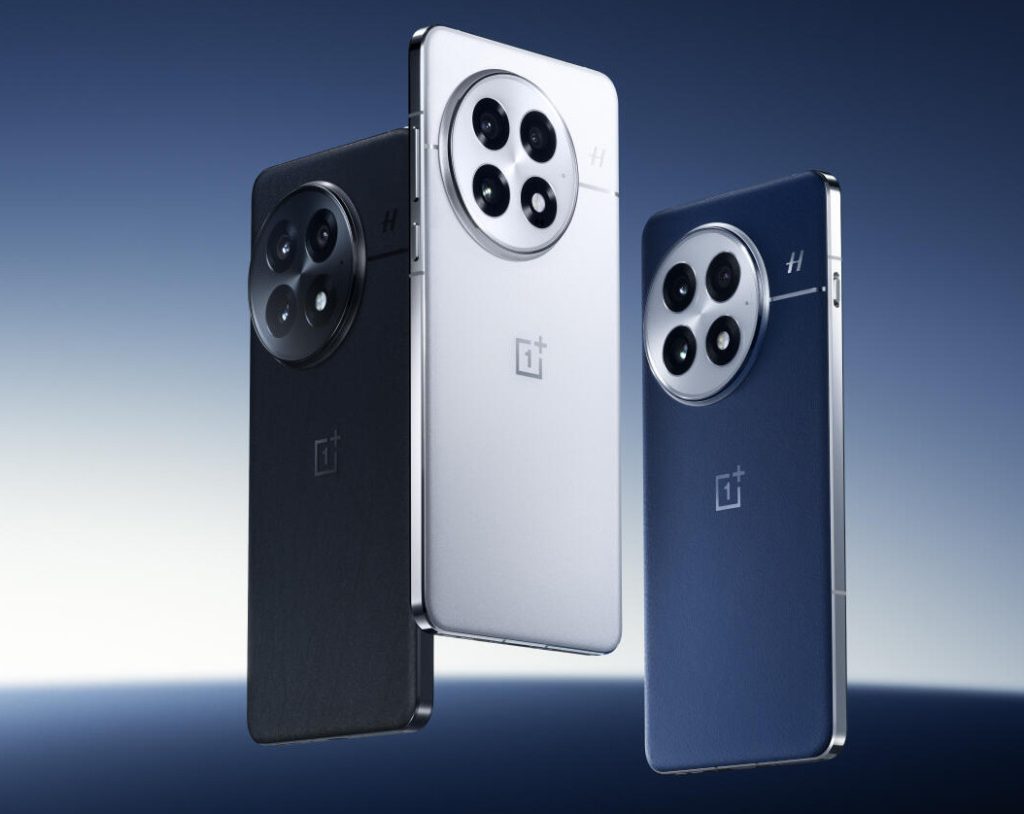
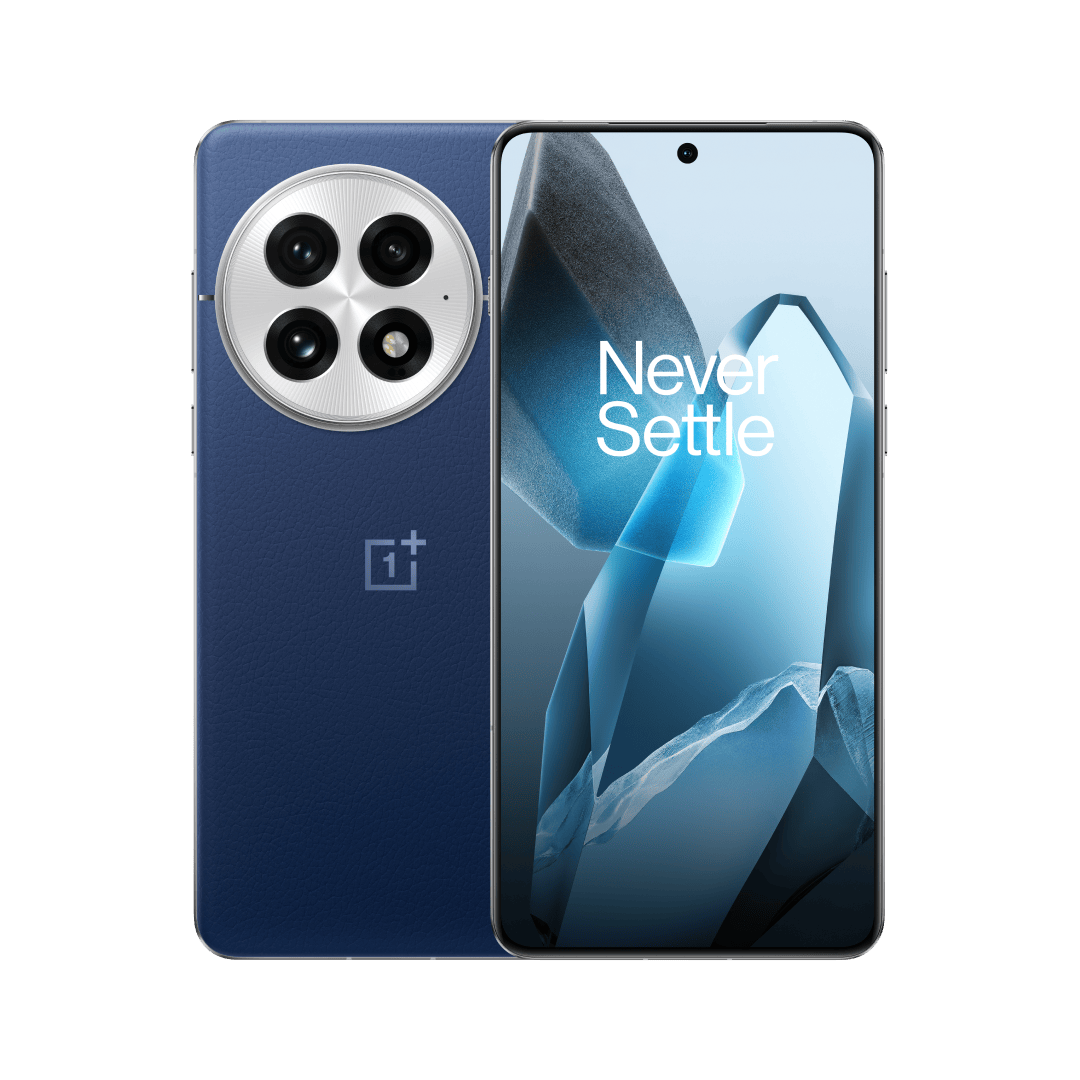








































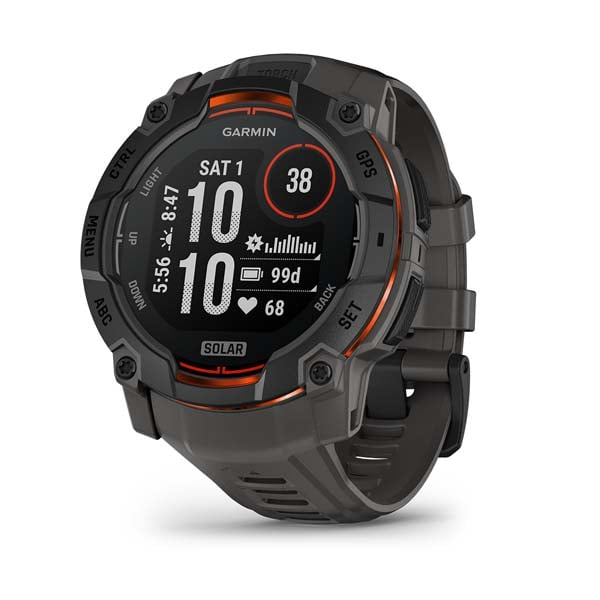




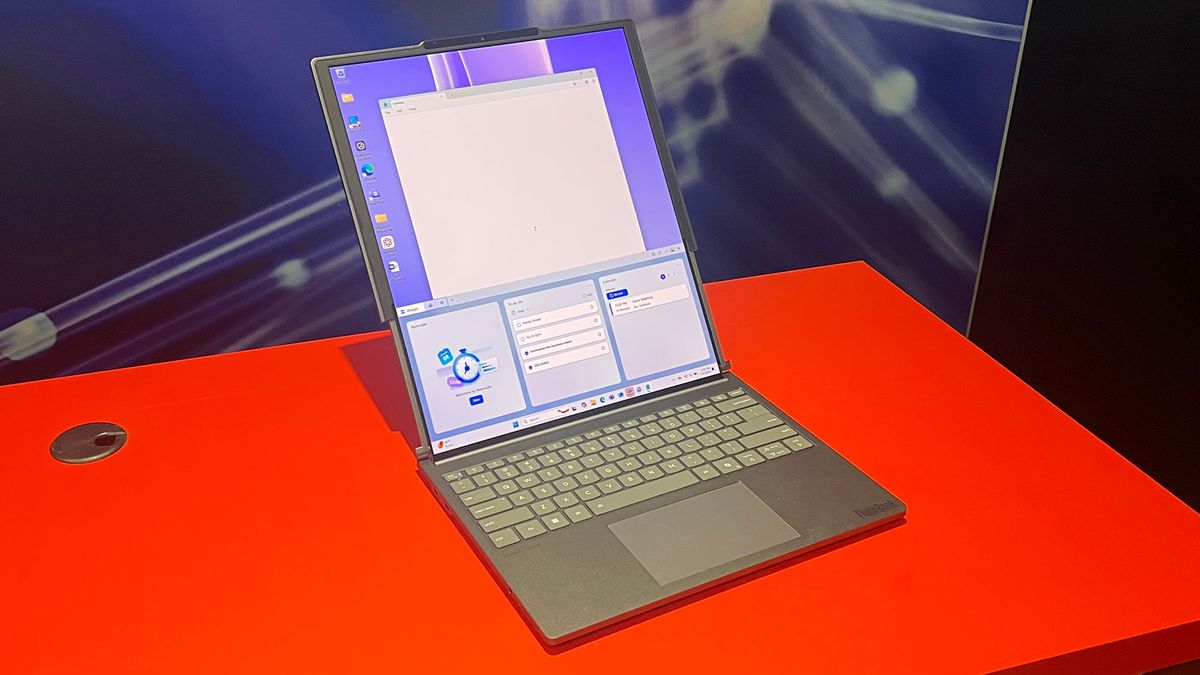




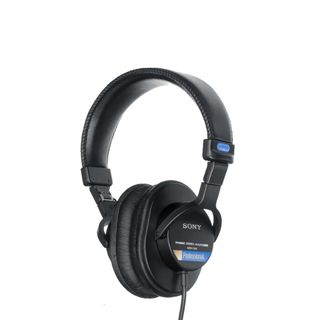






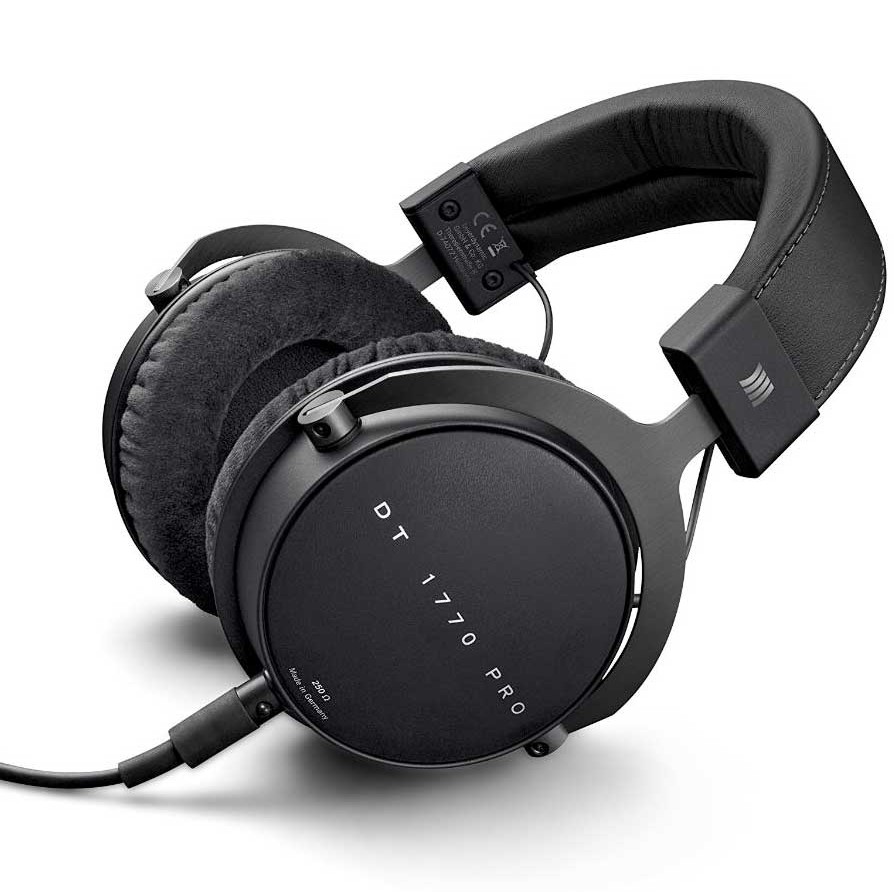





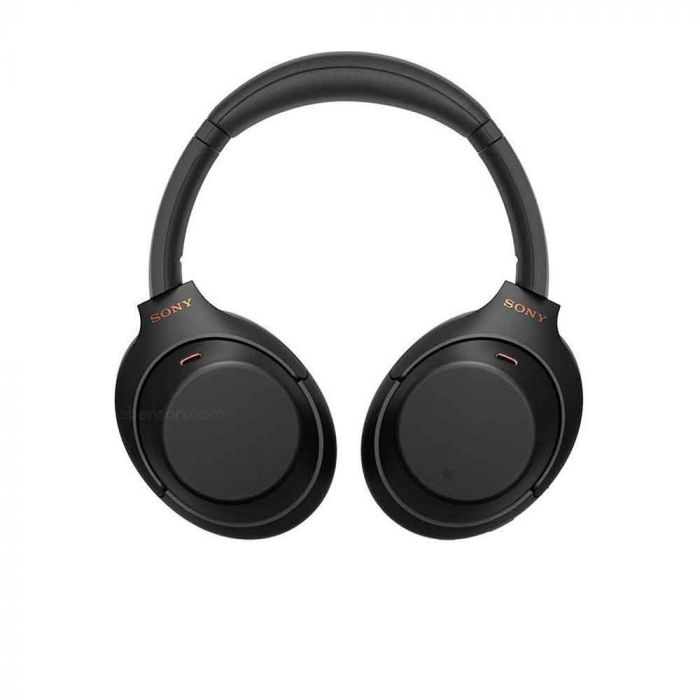









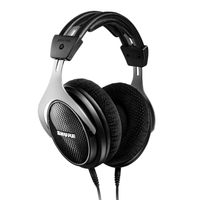









/landscape-of-two-pagoda-at-the-inthanon-mountain-at-sunset--chiang-mai--thailand--642551278-5c34a4a846e0fb000116cc69.jpg)










/GettyImages-545634687-58efeebd3df78cd3fcdf337e.jpg)



/argentina-buenos-aires-dawn-at-center-with-rush-hour-667138246-5b5f85ac46e0fb00258228a8.jpg)




/GettyImages-133982988-58f538293df78ca159f2a164.jpg)


